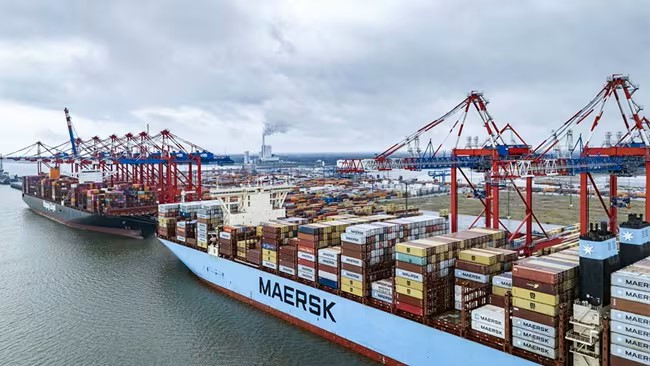Looking ahead to 2025, Maersk foresees a significant increase in businesses engaging in cold chain logistics, with a strong focus on enhancing partnerships with logistic providers to achieve seamless supply chain integration, improved visibility, and strengthened resilience for the year ahead.
Maersk notes that despite ongoing disruptions and unforeseen events affecting supply chains, the demand for temperature-controlled cargo will remain robust. According to Fortune Business Insights, the global cold chain logistics market, valued at US$293.58 billion in 2023, is projected to grow from US$324.85 billion in 2024 to an impressive US$862.33 billion by 2032, exhibiting a compound annual growth rate (CAGR) of 13% during the forecast period.
Ahmet Sayli, Head of Growth for Cold Chain Logistics at Maersk, confirms the stability of the cold chain sector, largely driven by essential commodities such as food, which are influenced by demographic changes like population growth. He also highlights the steady growth expected in cold chain solutions catering to the pharmaceutical industry. Statista supports this projection, indicating that the pharmaceutical sector’s revenue is anticipated to grow at an annual rate (CAGR 2024-2029) of 4.71%, reaching a market volume of USD 1,454 billion by 2029.
Proximity to customers is crucial in international trade, with cold chain facilities often being port-centric, ensuring easy access for vessels and trucks.
For exports, these facilities are strategically located near key production areas such as avocado farms, banana plantations, slaughterhouses, and fishing zones to facilitate smoother trade. On the import side, facilities are designed to handle import inspections, energy checks, and other services vital for retail distribution.
To meet retail demands, Maersk anticipates the development of larger, more automated facilities in 2025, enhancing safety, and efficiency, and expanding into sectors like Fast-Moving Consumer Goods (FMCG) with increased capacity building to upgrade existing infrastructure.
However, Maersk acknowledges that many cold storage facilities are burdened by inefficiencies due to their outdated and aging constructions, some dating back 40-50 years. This aging infrastructure pressures operators to modernize their footprint, leading to continued investments in 2025 aimed at replacing and upgrading these facilities. Trends such as automation, sustainability, enhanced visibility, and better integration will drive these upgrades.
Additionally, a tightening regulatory landscape is pushing for the phase-out of environmentally harmful synthetic refrigerants like hydrochlorofluorocarbons (HCFCs) and hydrofluorocarbons (HFCs), further compelling the conversion of old non-compliant facilities and increasing the sustainability of cold chain solutions.
Maersk’s vision for 2025 promises a transformative year for cold chain logistics, characterized by stronger partnerships, innovative solutions, and a commitment to sustainability and modernization.




